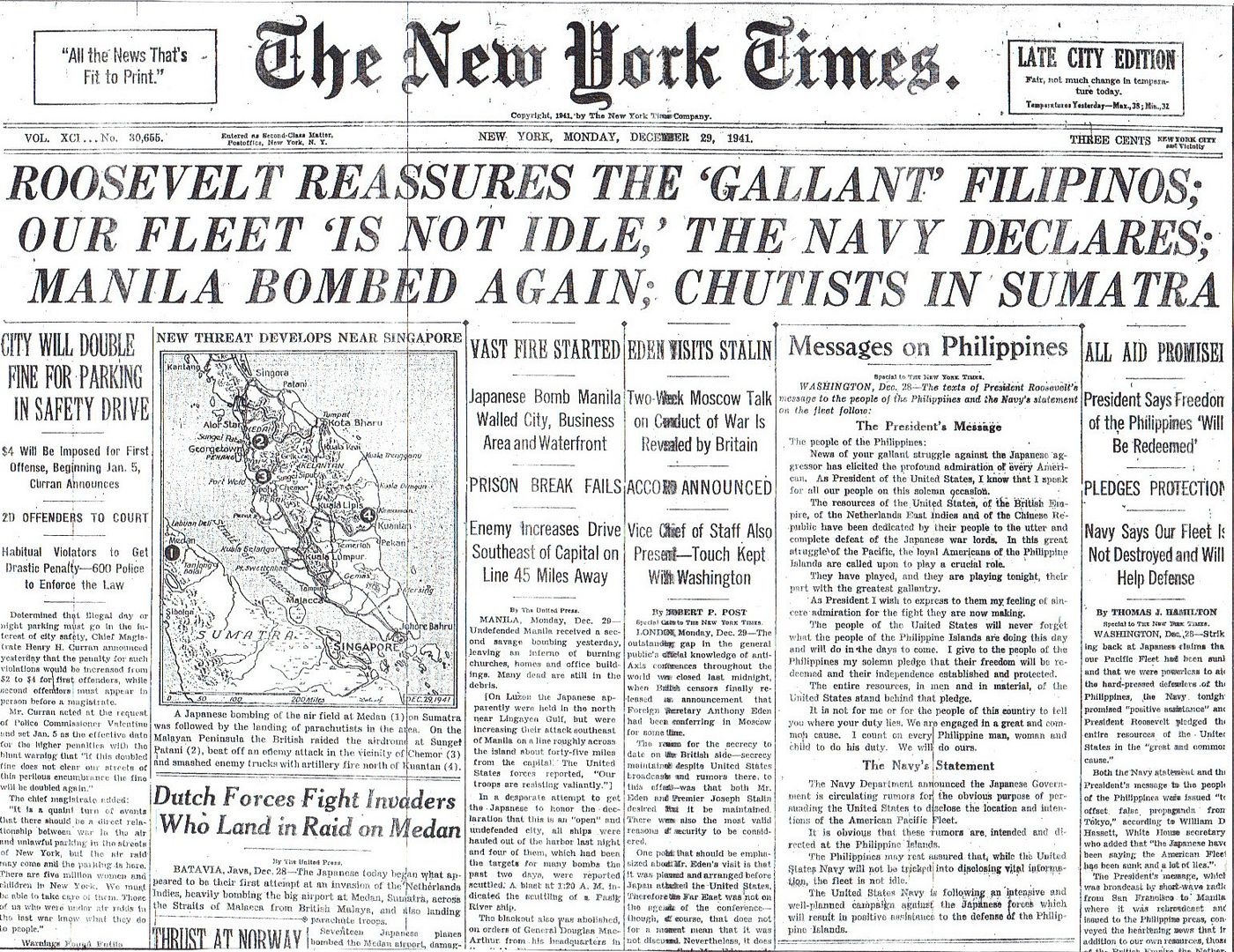
Posted on 12/29/2011 4:56:15 AM PST by Homer_J_Simpson

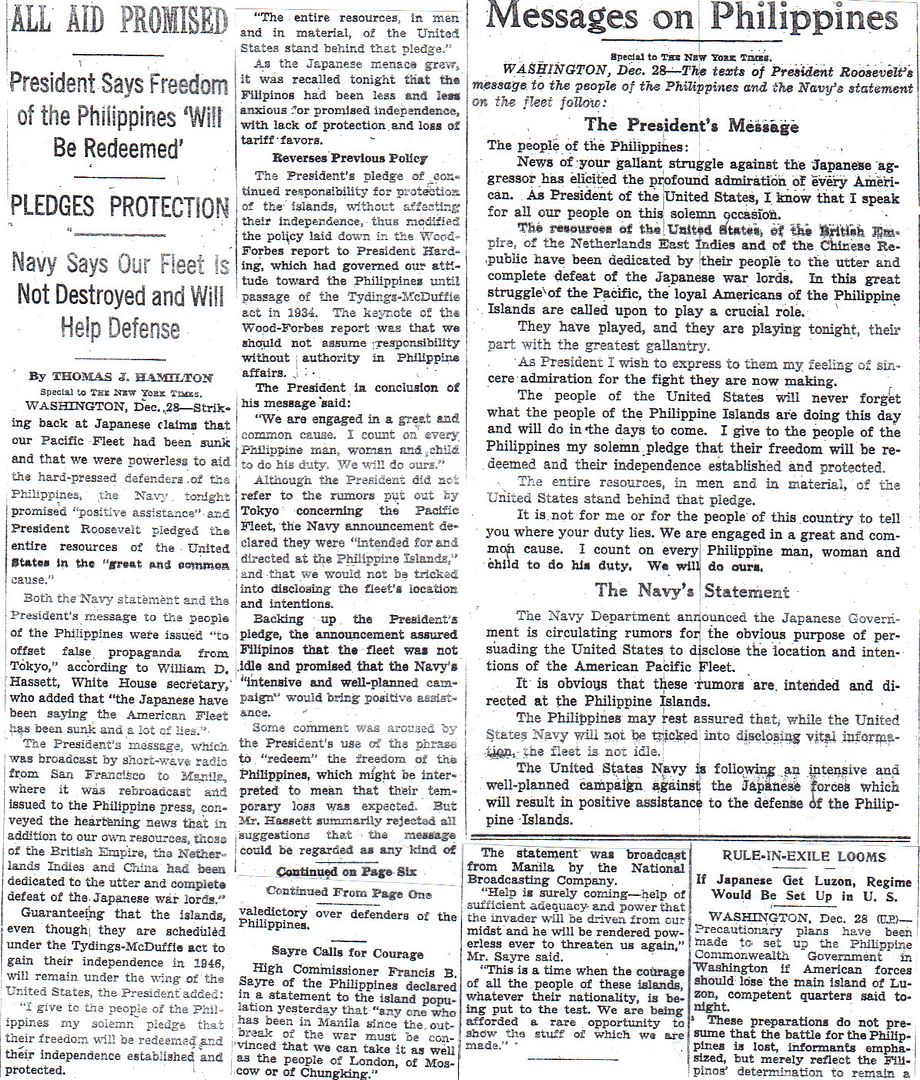
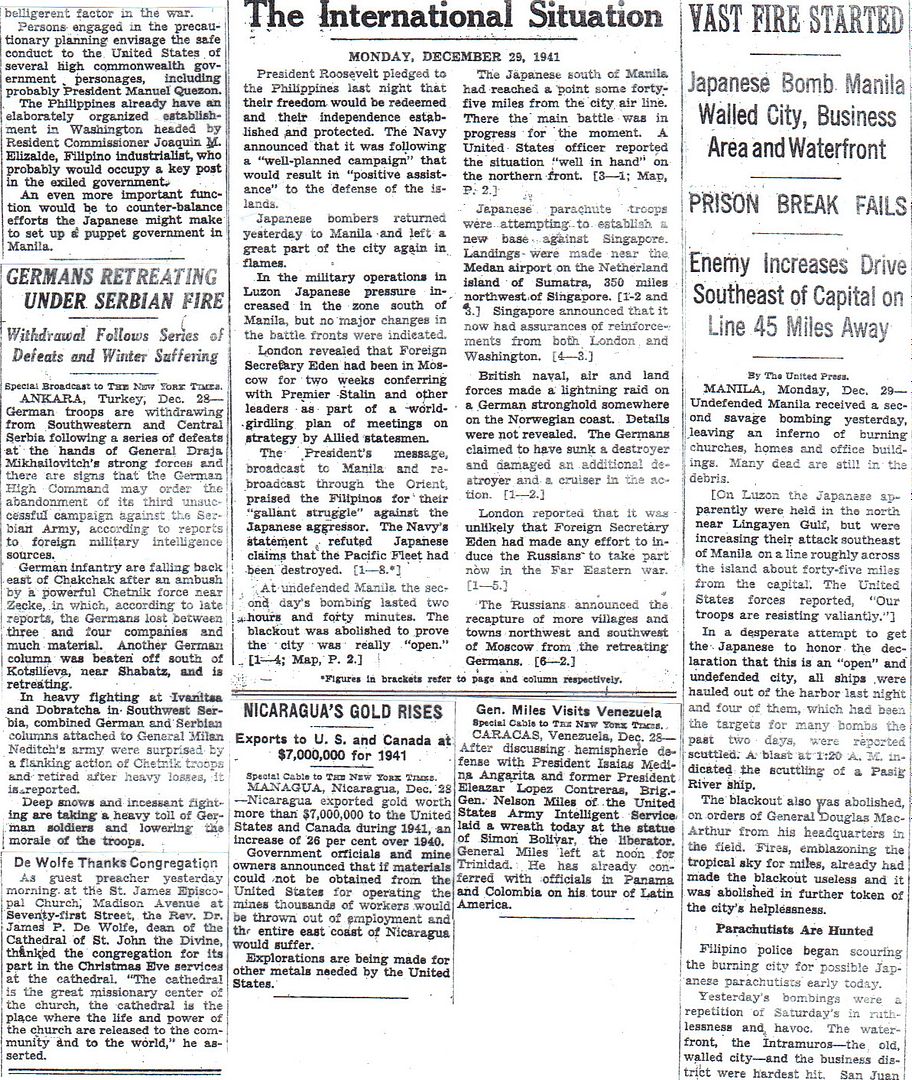
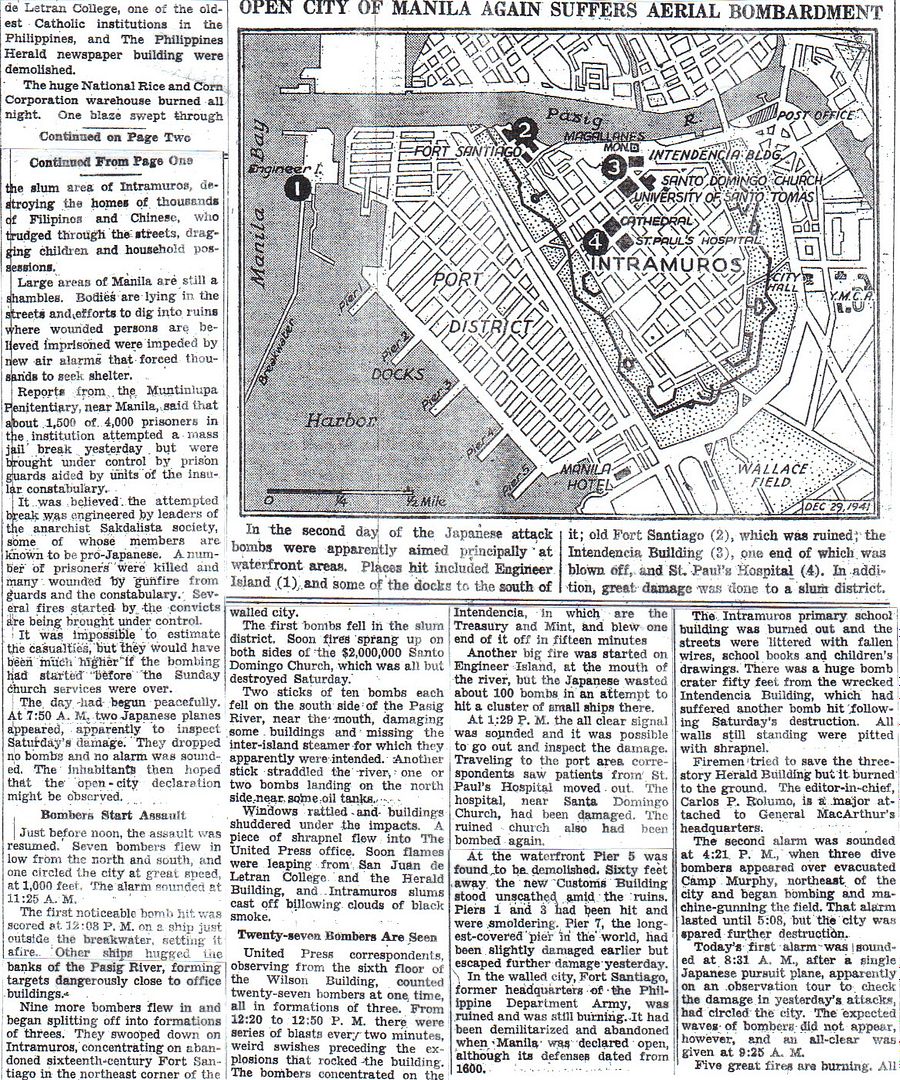
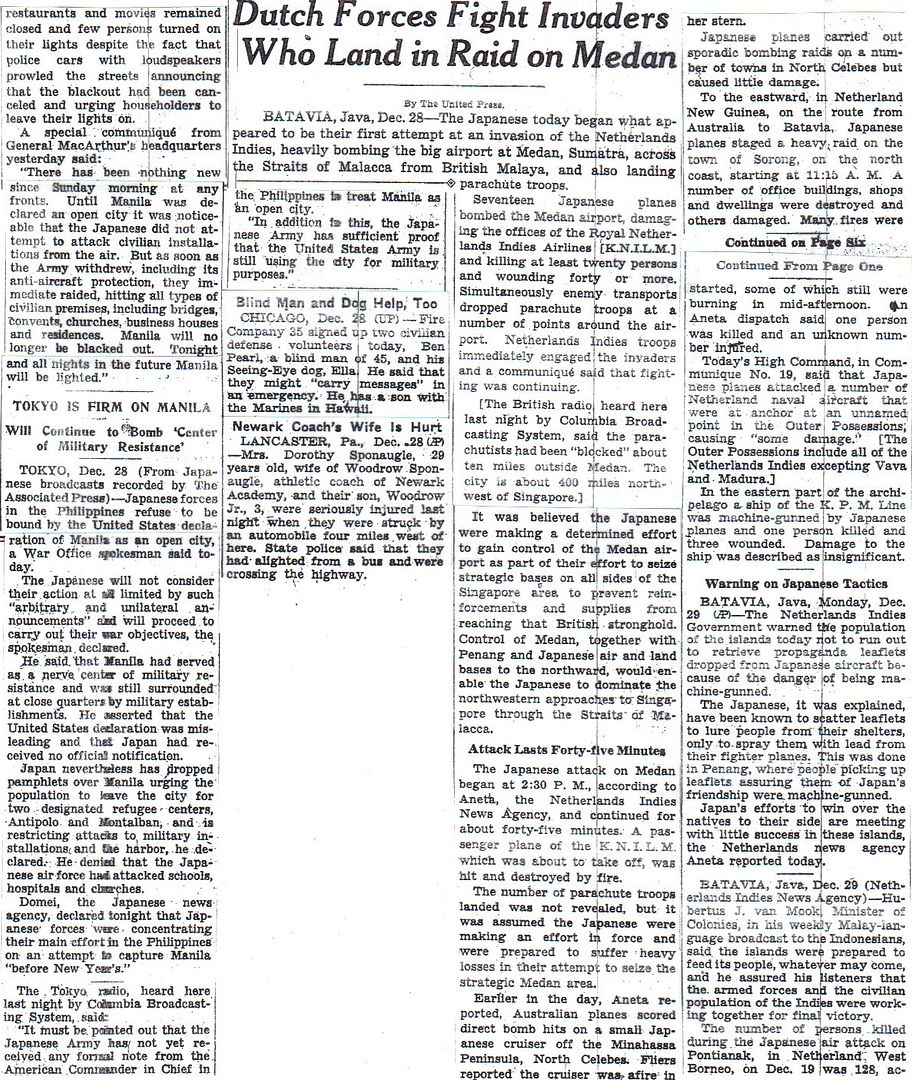
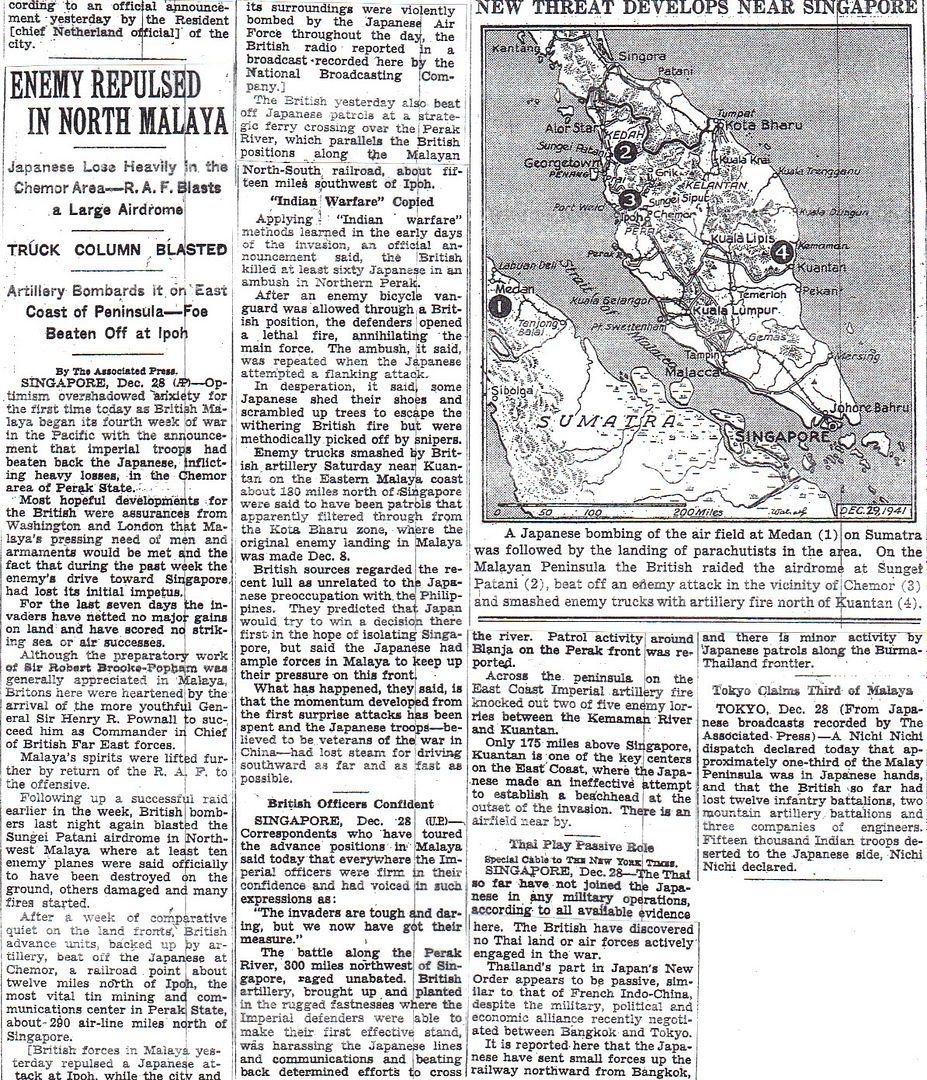
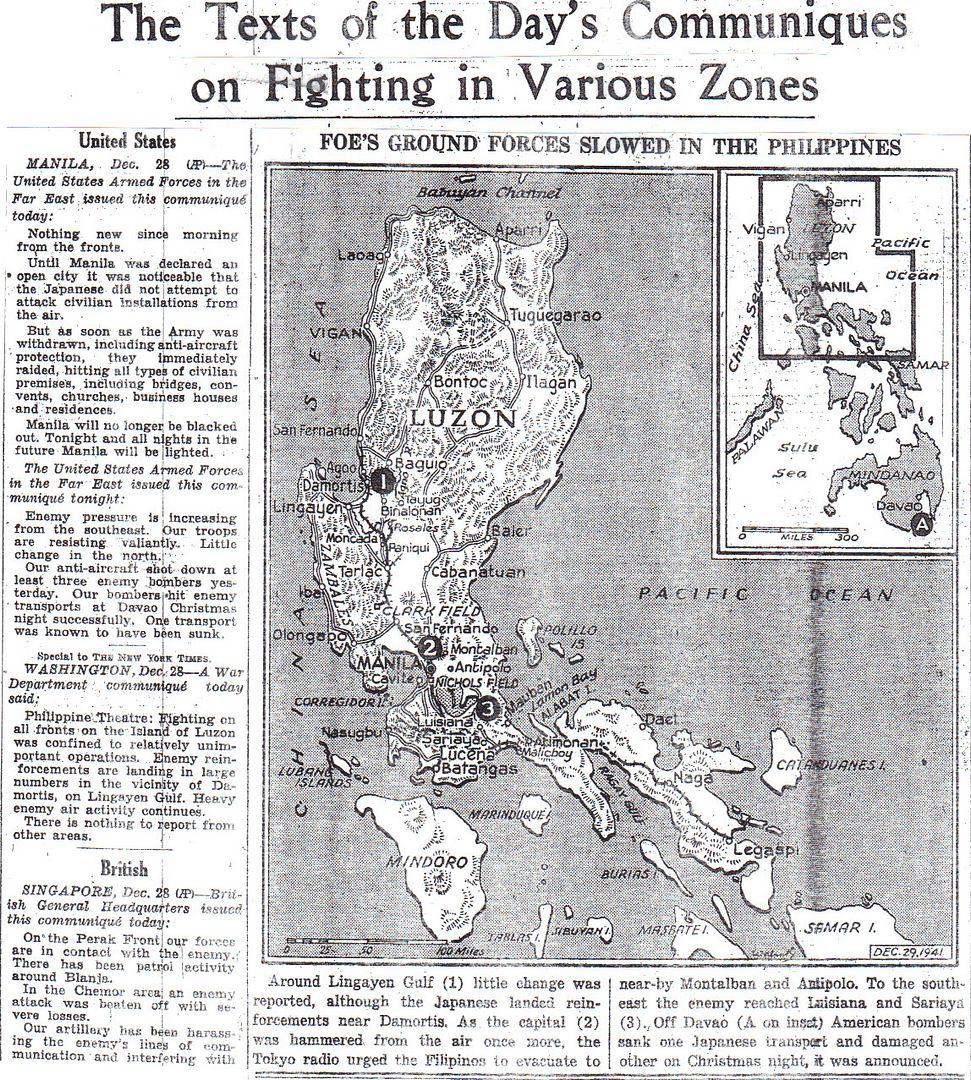
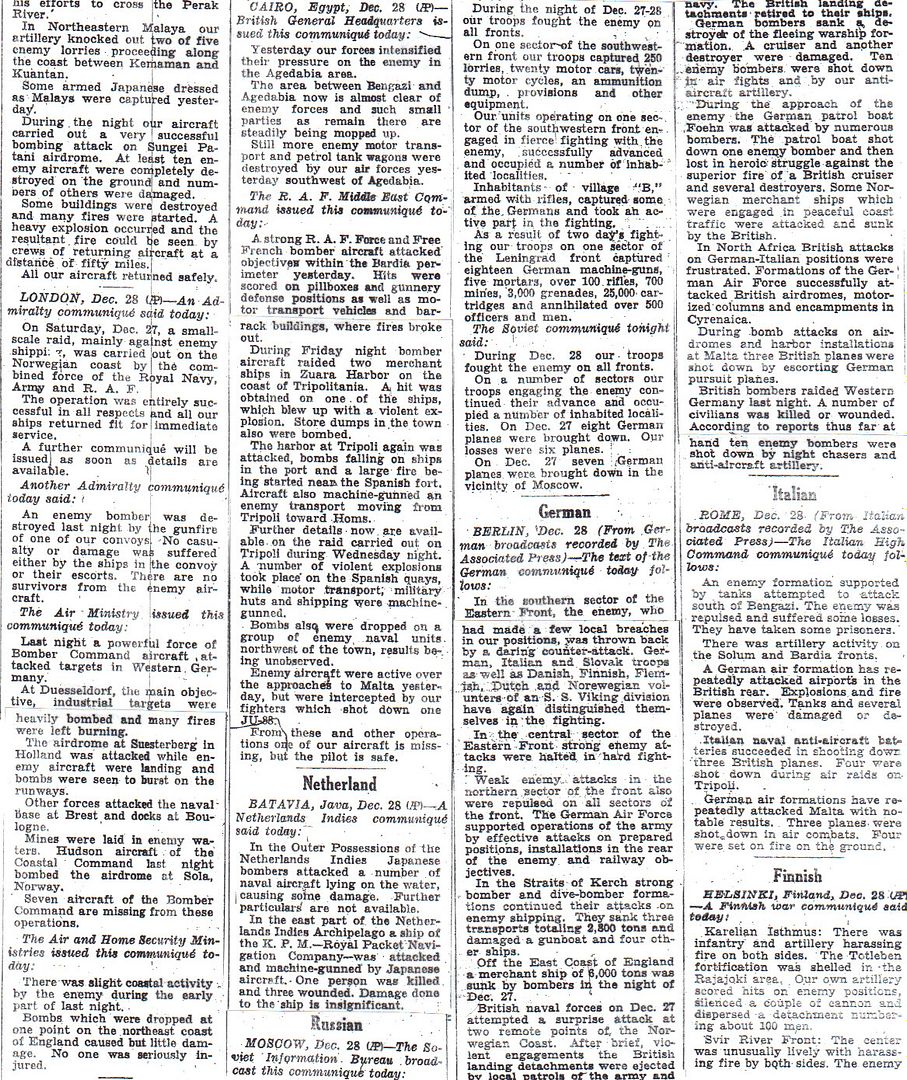
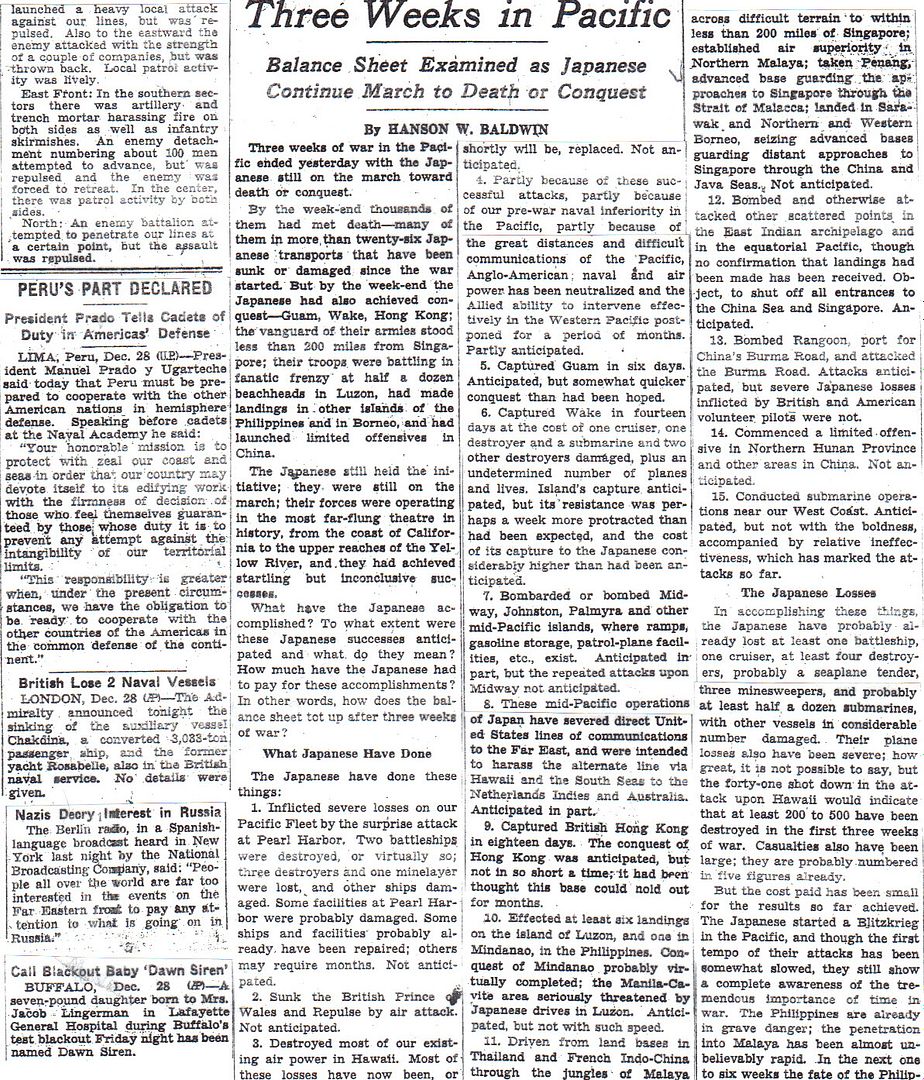
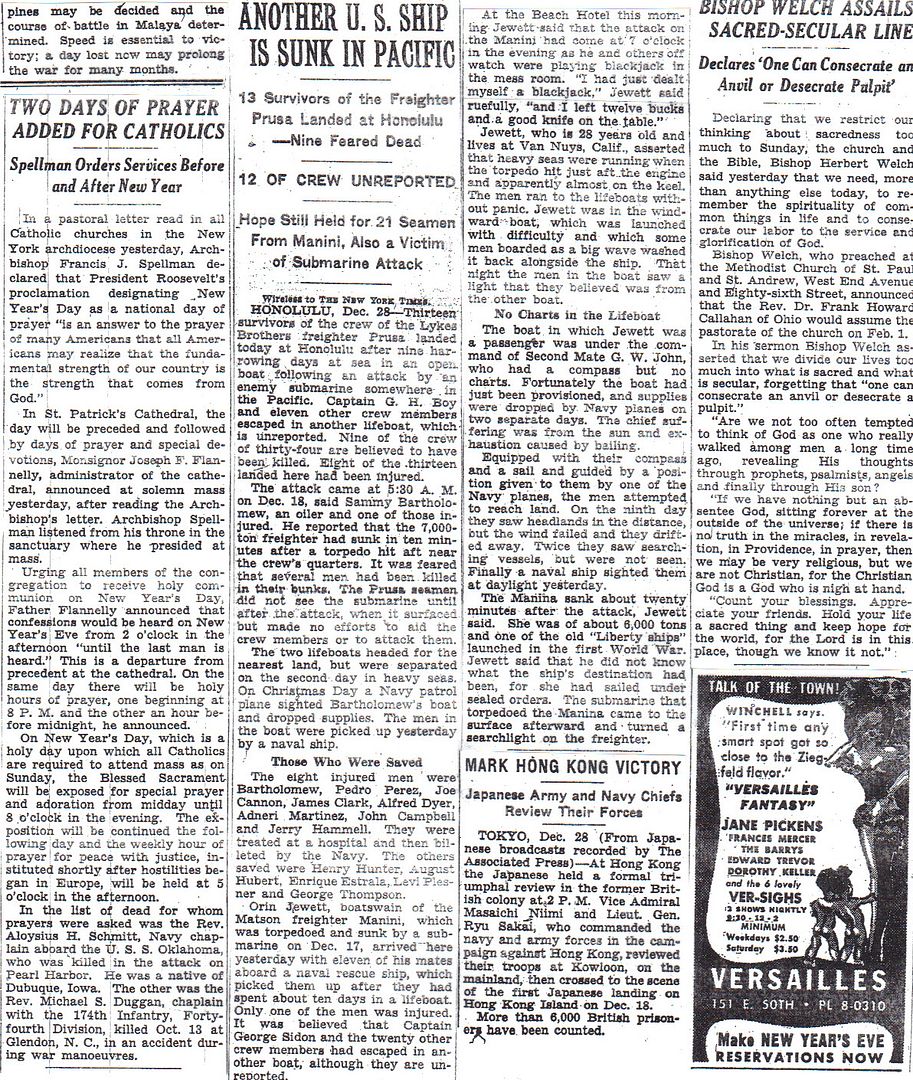
http://www.onwar.com/chrono/1941/dec41/f29dec41.htm
Germans halt attack on Sevastopol
Monday, December 29, 1941 www.onwar.com
On the Eastern Front... Soviet forces comprised of the 51st and 44th Armies, continue to arrive in the eastern Crimea at Feodosia. The German 11th Army is compelled to halt its attack on Sevastopol to neutralize the threat they pose.
http://homepage.ntlworld.com/andrew.etherington/month/thismonth/29.htm
December 29th, 1941
GERMANY:
U-602 commissioned.
U-647, U-714 laid down. (Dave Shirlaw)
U.S.S.R.: The seaport town of Feodosia on the eastern Crimea is the scene of new Soviet landings with troops of the 51st and 44th Armies. They are opposed by Romanian units, which all but disappear at first contact.
These forces along with those of the 26th at Kerch will pose a serious threat to the German 11th Army. The Germans will halt their advance on Sevastopol to eliminate this threat, as Sponeck moves his 46th Infanterie Division back to a narrow line on the peninsula (the Parpach Line) to hold the Soviets. (Pat McTaggart)
Feodosia was captured by the German 46th and 170th Infantry Divisions on 3 November. As the attack on Sevastopol was about to take place, most of the German forces were withdrawn to concentrate on the forthcoming battle.
Left behind in the city were a small detachment of troops and all the wounded soldiers convalescing in the city’s hospitals. On 18 January 1942, after their failure to capture Sevastopol, the Germans are able to return and recapture Feodosia. They find that most of the German military personnel had been murdered. Wounded soldiers had been thrown out of the windows of the hospital to make room for Russian wounded.
Water was then poured on the near dead bodies and then left to freeze.
On the beach, piles of bodies are found where they were thrown from a wall several meters high after being beaten and mutilated, their bodies left in the surf so that the sea water froze and covered them with a sheet of ice. There are about 12 survivors who had hidden in cellars when the Russian troops arrived. Their testimony before a German court of inquiry confirmed that some 160 wounded soldiers are liquidated this way. (Jack McKillop)
FINLAND: Major Max von Hellens, Intelligence Officer of the Finnish 11th Division meets with US Military Attaché Colonel Georges Huthsteiner. Von Hellens informs the American that the German 163rd Infantry Division is on the eastern shore of Lake Ladoga, that the German division had suffered losses and is demoralised and asking for help from the Finnish 11th Division. (Mikko Härmeinen)
CANADA: Fishing vessel Fifer requisitioned as patrol vessel HMCS Fifer. (Dave Shirlaw)
U.S.A.: USAAF 77th Bombardment Squadron (Medium) reaches Elmendorf Field, Territory of Alaska. (Jack McKillop)
Light fleet carrier USS Monterey laid down. (Dave Shirlaw)
Feodosiya’s events were written about by Nina Markovna in her book “Nina’s Journey”. She was living there as a teenager at the time, and the invading Russian naval troops were predictably barbarous to Germans and Soviet citizens alike.
"This Nazi film still shows something with which all too many Europeans, especially Jews, were familiar: the unexpected knock on the door in the middle of the night.
The Germans burst in on their victims, thereby increasing their confusion and reducing the likelihood that they would resist.
The tactic had the further advantage of keeping many of the arrests secret."
“Reassures the gallant Filipinos”...and right around this time was when SecWar Henry Stimson made his infamous note “There comes a time when men must die”.
and re: fleet “is not idle”
Even if matters had not gone so badly in the opening days the USA simply had not deployed the kinds of air and naval units in the western Pacific that had any chance of stopping Japanese advances.
Atlantic commitments plus slow re-armament meant that we had no plausible hope of keeping the Japanese out of the Philipines, Indonesia etc.
Whether or not the relevant US leaders understood this before Dec. 1941, the Japanese certainly knew it....
“The Germans burst in on their victims, thereby increasing their confusion and reducing the likelihood that they would resist. The tactic had the further advantage of keeping many of the arrests secret.”
No-knock raids anyone?
As far back as the early 1920s (when the US finally caught on that it was becoming a “world” power, and that others might want what we had), the question of resupplying the far-flung Philippines in the event of regional war came up. With our luck, we had both neutrality issues (on the part of the PI gov’t) and the general disarmament of the era to contend with. As of the morning of December 7th, Washington still had not come up with an answer.
So true, and I’m not sure there was any plausible scenario in which we would have been ready to defend the Philippines and supply lines across the Pacific by 1941.
Without the kind of naval and air forces we had by mid-1943 we could have put more forces out to the Philippines in 1941 only to see it all destroyed by the Japanese. We were a long way from being able to defeat Japan even with any amount of re-deployment in 1941, and we would have simply lost a lot more aircraft and ships, pilots and sailors, early on.
About the only viable scenario I could see would have been to train and equip the Philippine Garrison to fight as an independent force, using local resources and not depending on long-distance relief from across the Pacific.
Of course that would have been a long shot in its own right, and in a political atmosphere that was eager to disarm and reluctant to rearm in the 1920s and 30s, it would have been a hard sell.
Disclaimer: Opinions posted on Free Republic are those of the individual posters and do not necessarily represent the opinion of Free Republic or its management. All materials posted herein are protected by copyright law and the exemption for fair use of copyrighted works.